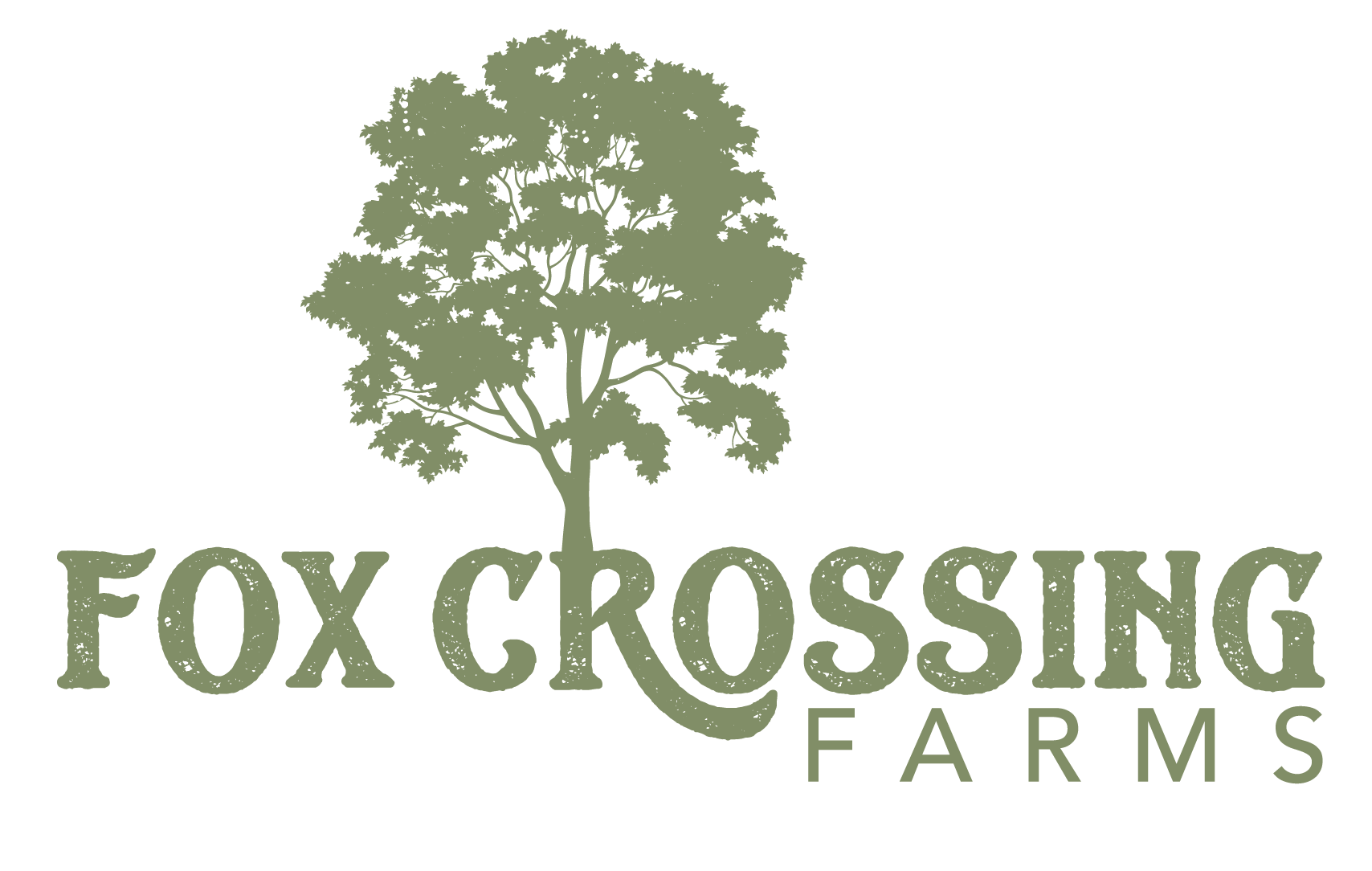- Are you Organic? No. Certified organic is very, very expensive for a small farm. Inspection is done by other farmers – it’s a questionable certification in our view. We do everything organically but don’t pay the fees or have a logo. We use cedar posts for fence posts instead of treated pine, we use compost instead of fertilizer, we plant organic seed for vegetables. We can not financially support feeding organic certified hay and grain – there just is not enough demand or reward for it. Feed mills will have to build new silos and mixers just for organic – same with GMO.
- Are you GMO free? No. However, science shows that GMO feed doesn’t transmit genetics to animals – it protects the grain itself from disease, heat and insects so you can use less insecticides. In our view GMO is a win win for the environment. We don’t actively search out GMO ingredients but your soft drink and sugar in your cupboard is likely GMO beet sugar. Per science, our genes cannot be modified by what we, or the animals, eat – genetic modification occurs at a cellular level with DNA and RNA
- For genetic feed to modify an animal eating it the following would need to occur:
- Uptake by cells
- Integration into the host cell DNA
- In the case of a plant-derived gene, integration in a location and orientation that would allow a host promoter to switch on the gene and make it express (plant promoters are highly inefficient in animals and humans).
- What does ‘Grassfed’ mean? Certified Grass fed means the animal only had milk and grass for its whole life. For the rest of us grass fed means our animals eat grass and hay (hay is dried grass- it’s green, straw is dried wheat stems and it’s yellow). We feed grass and hay but also supplement with soy free grain. Grain helps animals in lactation and gestation. it also adds interstitial fat between meat fiber which helps your meat stay moist during cooking.
- What is “Pastured”? Pastures are grass and legume fields. We put a lot of time and work into keep pastures healthy and productive which, in turn, keep our animals healthy and productive. More of our time and money goes into pasture management than livestock. We’re basically grass farmers and the animals just eat and poop. “Pastured” can mean they are out year round on pasture or that they get to go out on pasture. Ask your farmer what they do. Our livestock are on pasture for 5 months here in Wisconsin – the other 7 months are too cold to support pasture growth so we switch to hay fed in pastures.
- “Confinement” might be a better ask: Confinement is also relative but it will give you an idea if animals are confined in a stall, in milking stand, in a cage or in dry lot. Technically all livestock are confined inside fencing – so it’s up to you to decide what confinement means to you. Our livestock is free to go outside at any time – including the chickens. In fact our livestock are inside only a few days every year during sub 20 degree storms or for vet care.
